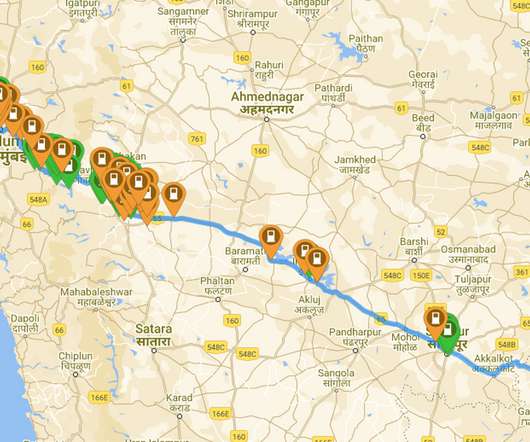Samsung Heavy and Seaborg to develop floating nuclear power plant combined with hydrogen and ammonia plants
Green Car Congress
APRIL 9, 2022
Since the fuel is chemically stable and the fission products are short-lived, this waste is radiologically similar to radioactive hospital waste and can be handled using conventional methods. The floating nuclear power plant comes as a turn-key product, ready to be moored at an industrial harbor.










































Let's personalize your content